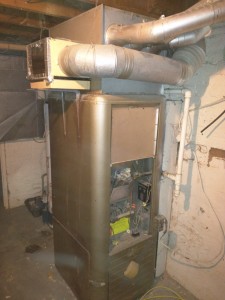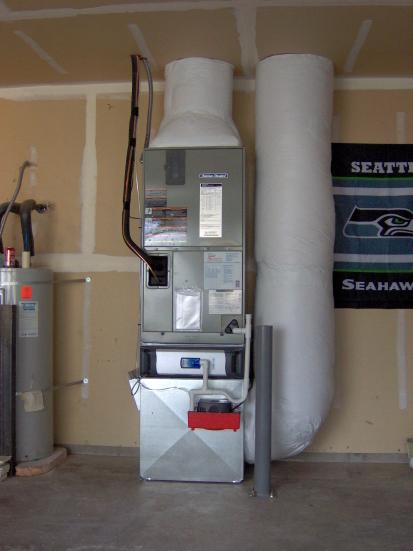The Ultimate Overview to Heater Installation for a Cozy Home
Heating system installation is a crucial facet of preserving a comfy home environment, specifically throughout the colder months. As you think about these factors, the concern remains: what actions can you take to ensure your furnace offers you well for years to come?
Kinds Of Heaters

Gas heating systems are one of the most usual choice due to their effectiveness and reduced functional costs. They utilize natural gas or lp, giving fast heating and consistent performance, making them suitable for cooler environments.
Electric furnaces, while typically much easier to mount and keep, often tend to have higher operational costs. They are frequently favored in locations where gas solution is inaccessible or for homes with existing electrical infrastructure.
Oil furnaces, though less typical today, stay a feasible alternative in particular areas. They shed home heating oil, which can be useful throughout cooler months, yet their reliance on oil delivery poses potential challenges.
Additionally, there are high-efficiency models offered across these kinds, which can significantly decrease power usage and utility expenses - furnace installation. Ultimately, recognizing these heater kinds will help homeowners pick a system that straightens with their heating needs, spending plan, and power preferences
Choosing the Right Dimension
Choosing the suitable size for a heater is important to making sure ideal performance and power effectiveness. A small heater will struggle to keep comfy temperatures throughout the chilly months, leading to raised deterioration, higher power bills, and possible system failure. Alternatively, a large heater may cycle on and off too often, resulting in ineffective heating and irregular temperature circulation within the home.
To identify the appropriate heating system dimension, a computation recognized as the Handbook J tons estimation need to be carried out. This procedure assesses numerous factors, consisting of the square video of the home, insulation levels, home window sizes, and regional environment conditions. This detailed evaluation guarantees that the heater meets the certain home heating demands of the area.

Installation Process Review
In terms of products, you will need ductwork, insulation, and securing tape to make sure ideal airflow and power effectiveness - furnace installation. It is also vital to have a brand-new furnace filter on hand, in addition to venting products, such as PVC pipe or metal flue, relying on the sort of heater being set up
Safety tools, including handwear covers, goggles, and a face mask, is additionally important to safeguard versus dust and debris throughout installment. Having all these devices and products easily offered not just improves the procedure yet additionally enhances the safety and performance of the furnace installment.
Upkeep Tips for Longevity
To make sure the durability of your heating system, it is necessary to execute a normal upkeep routine that addresses key parts of the published here system. Start YOURURL.com by changing or cleaning up the air filter every one to 3 months, as a blocked filter can limit airflow and reduce efficiency. Additionally, inspect and cleanse the blower setting up to stop dust accumulation that can hinder efficiency.
Next, check the thermostat settings and alter if necessary to make sure exact temperature regulation. Examine the ductwork for leaks or blockages, as this can cause power loss and uneven home heating. Regularly oil the electric motor and bearings according to the supplier's suggestions to minimize deterioration.
Specialist examinations must happen each year, where a qualified professional can evaluate the furnace's general condition, check for gas leakages, and make certain that safety and security attributes are operating correctly. Take into consideration installing a programmable thermostat to optimize power usage and maintain constant home temperature levels. By adopting these maintenance practices, you can improve your heating system's effectiveness, expand its lifespan, and inevitably delight in a comfortable and comfy home atmosphere.
Conclusion
